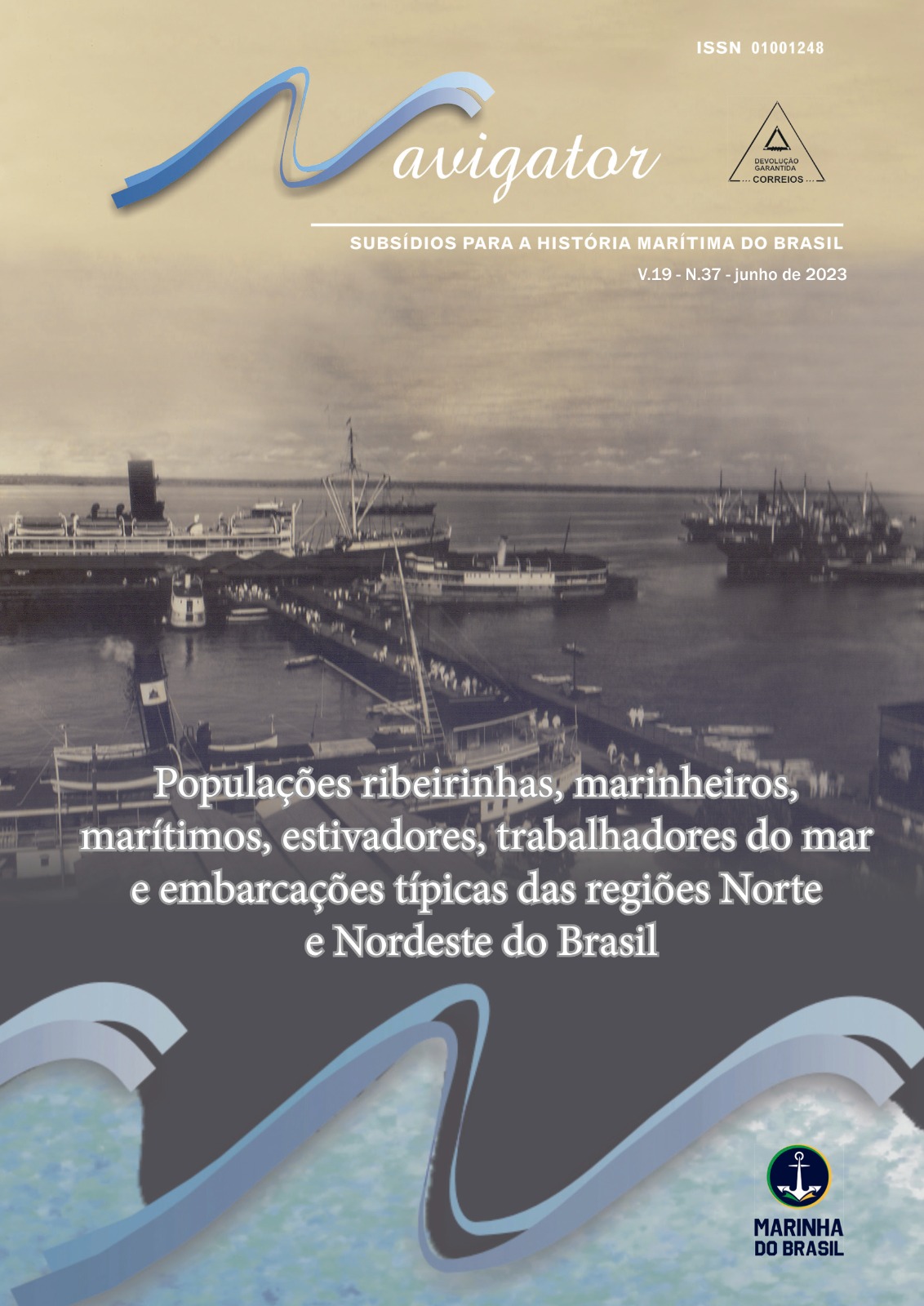Navigating the Amazon is necessary:
nature, knowledge and interactions between traditional peoples and travelers.
Abstract
The pair of independent naturalists, Henry Bates and Alfred Russel Wallace, chose to travel to the Amazon after reading the work A Voyage up the River Amazon, written by the North American W. H. Edwards, indicating that the extreme north of Brazil promised ease of travel and abundance of species for collectors. The two naturalists arrived in northern Brazil on April 26, 1848, after months of preparation and studies of the region's fauna and flora. However, field activity required tools that were not described in natural history manuals. The climate, cultural relations, geography of the land, indigenous housing and mobility structures were variables that forced the traveler to value the local means available, to familiarize himself with the strange environment in order to establish his collection base. This work therefore intends to emphasize the importance of some local structures and human interactions that made possible Bates and Wallace's field activities in the Amazon.












